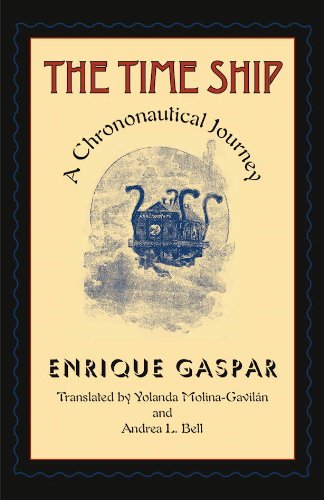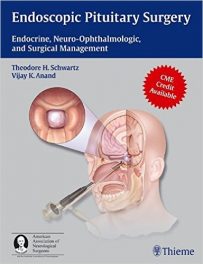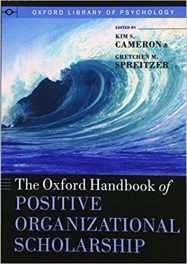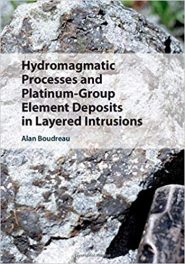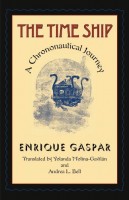 Author: Enrique Gaspar. Translated by Yolanda Molina-Gavilan and Andrea Bell
Author: Enrique Gaspar. Translated by Yolanda Molina-Gavilan and Andrea Bell
With illustrations by Francese Soler from the original 1887 edition
Publisher: Wesleyan University Press
Book Review by: Artha Hemrajani
The Time Ship, a translation from Spanish into English of the 1887 science fiction novel of Enrique Gaspar’s El anachronopete (‘ana’ means going backwards; ‘chrono’ means time; and ‘petes’ means he who flies) was published seven years before H.G. Wells’ The Time Machine.
Enrique Gaspar and H.G. Wells did not know each other or of each other’s ideas or plans to write a novel on the same subject of time travel, specifically of traveling back in time. But the two books are curiously similar, although there are numerous differences.
One must note importantly that there is no probability that H.G. Wells ever read the previously-published Gaspar work El anachronopete. And there’s no historical evidence he knew of Gaspar or his narrative of traveling back or forward in time. That settles the question of influence.
The translators – Yolanda Molina-Gavilan and Andrea Bell also point out in the Introduction that the two works on time travel are very different in content, purpose, reception and tone. They also note that Gaspar’s novel is ‘light-hearted’ and that it is more ‘entertaining’ than H.G. Well’s work.
However, H.G. Wells’ The Time Machine is much more popular, has never been out of print, has been adapted countless times to plays and movies, and has been the subject of much academic research and literary studies.
Gaspar’s The Time Ship on the other hand was first conceived as a comic opera, but never staged, and later, just put into print as a science fiction novel. .
Yet the two works, one written in Spain and the other seven years later in England , are coincidentally (and eerily) on the same subject of time travel.
The Time Traveler (lone passenger) in The Time Machine is described as being subjected to a ride that is ‘harrowing and dangerous’ with a ‘dazzling succession of light and dark’ that is ‘excessively painful to the eye.’ And, his ‘’ears are filled with noise; the landscape becomes a dizzying blur; and he feels confused, terrified and verging on madness.”
And this was written apparently by someone who saw it as a movie: “There is absolute strangeness of everything, the sickly jarring and swaying of the machine, and above all, the feeling of prolonged falling had absolutely upset my nerve”
But Gaspar’s Time Ship is vastly different: “Modeled after a large sailing vessel and described as a Noah’s Ark, it has room enough to carry well over thirty passengers plus scientific equipment and provisions for months of travel. One can stroll the interior corridors, descend to the hold, visit the observation room, and use wondrous tools to cook meals and wash clothes.”
“Powered by electricity the time machine moves at different speeds, travels so smoothly that its passengers scarcely realize they are underway, and hover gently over northern Morocco while the Battle of Tetouan rages below.”
The other main difference is that while The Time Machine travels through space and returns to the same space it started from, namely Wells’ lab, The Time Ship on the other hand can be programmed for destinations in both space and time.

